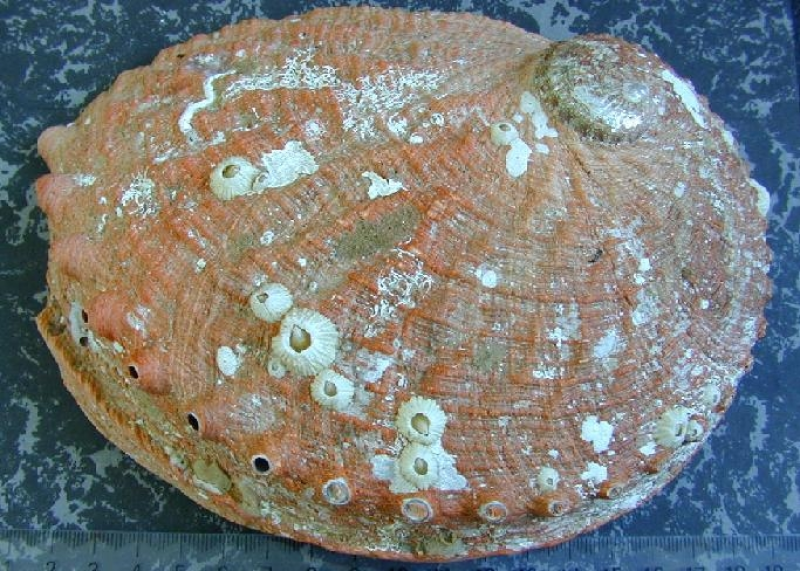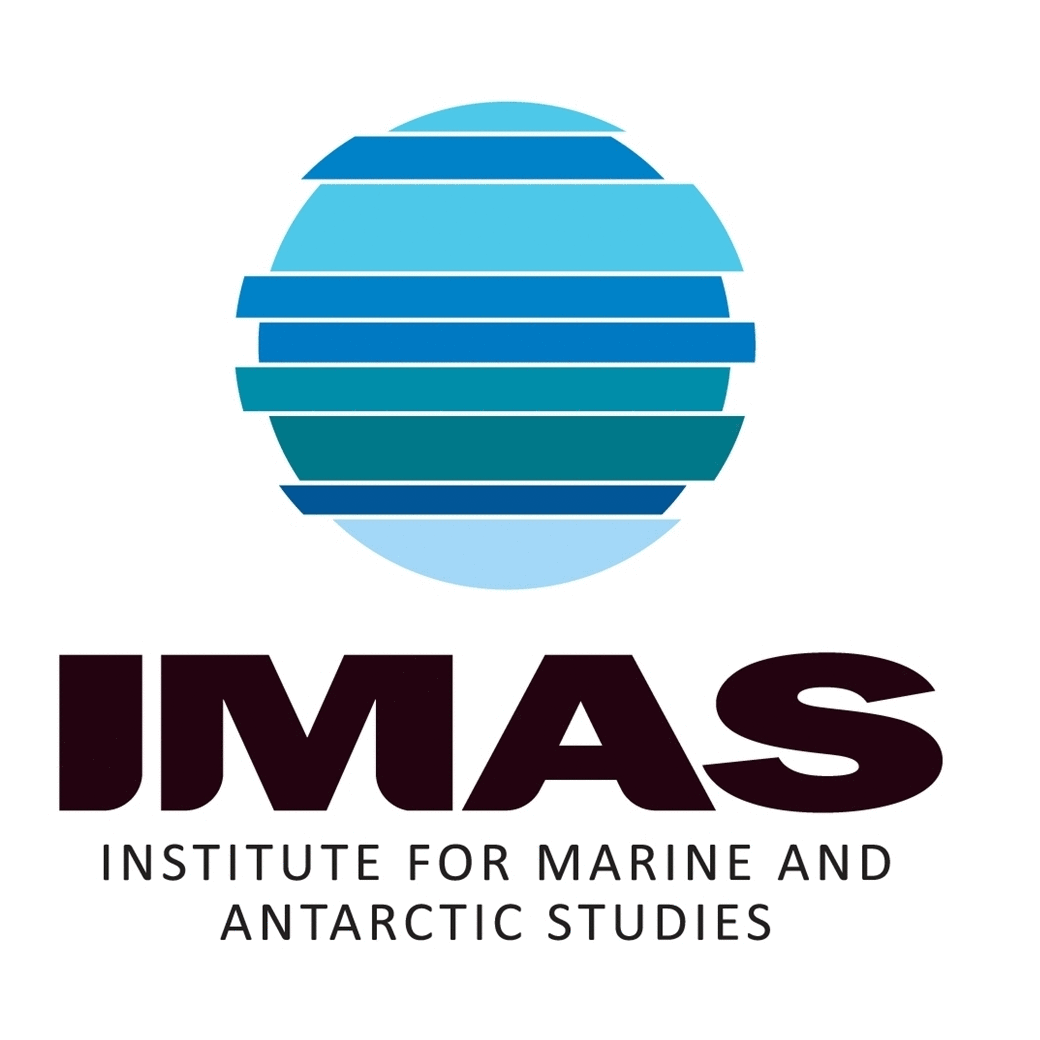ANIMALS/INVERTEBRATES
Type of resources
Topics
Keywords
Contact for the resource
Provided by
Years
-
Lipofuscin density in Giant Crab (Pseudocarcinus gigas) brain tissue was estimated through fluorescent microscopy. The intent was to relate lipofuscin to crab age. Some known age specimens were included in the sample, these were reared from larvae.
-
Conducted a series of laboratory experiments to investigate the effect of temperature on swimming behaviour and development. Swimming behavioural responses were monitored for the first two zoeal stages, while larvae in development trials were reared through all five zoeal stages to the megalopa stage.
-
Southern Rock Lobster (Jasus edwardsii) that are about to moult or have recently moulted have reduced market value due to higher mortality in live transport, higher cannibalism and lower meat recovery. Limiting the landing of softer shelled lobsters is desirable to maintain product quality. The effects of several factors on durometer readings were evaluated: sex, temperature (ambient plus elevated 3°C), location (from around the coast), and size (carapace length). Individuals were collected across two regions South Australia and Tasmania.
-
Inter-moult duration in giant crabs (Pseudocarcinus gigas) was estimated by an alternative method to utilising tag-recovery data. Reproduction in female giant crabs occurs in annual cycles, although females occasionally “skip” a reproductive season and do not become ovigerous; it has been noted previously that this appears to be associated with molting. Thus the proportion of females that do not participate in reproduction may indicate the proportion molting. This approach was tried with a sample of 342 females and the number that were “skipping” a reproductive season was measured by computerized tomography scanning (CT-scanning) of their ovaries prior to the extrusion of eggs. Radiometric aging (228Th/ 228Ra) of carapaces was also undertaken with the focus of this work on testing an assumption of the method, rather than describing the intermolt duration of a population.
-
To test if the carapace length of lobsters changes during cooking, 21 legal-sized southern rock lobsters were collected in pots from Alum Cliffs, south-eastern Tasmania, Australia in October 1999 (42.95±S 147.35±E). The sample consisted of 7 female and 14 male lobsters ranging in carapace length from 106 mm to 153 mm (mean 120 mm). Each animal was abdominally tagged using individually marked t-bar tags (Hallprint T-bar anchor tag, TBA1; Hallprint Pty Ltd, 27 Jacobsen Crescent, Holden Hill, SA 5088, Australia). The carapace length of all lobsters were measured five times to the nearest 0.1 mm in a random manner, before and after processing. This repeated measurement of all specimens in random order was intended to evaluate measurement error. Processing was typical of that used commercially and involved killing the lobsters in fresh water before cooking in pre-boiling salted water for 12 minutes.
-

Database includes data on abalone size at maturity, collected from sites around Tasmania from 1988.
-
The spatial extent of C. rodgersii "barrens" was estimated by surveying rocky reef habitat with a towed underwater video system. Sampling took place at 13 regions along the east coast of Tasmania, each comprising 3 subsites, this dataset refers to the Fortescue Bay region, and its 3 subsites: Lanterns, Munroe Bight and Thumbs.
-
The spatial extent of C. rodgersii "barrens" was estimated by surveying rocky reef habitat with a towed underwater video system. Sampling took place at 13 regions along the east coast of Tasmania, each comprising 3 subsites, this dataset refers to the Recherche region, and its 3 subsites: Eliza Point, Fisher Point and Actaeons.
-
The data is quantitative abundance of fish and megafaunal invertebrates and algal % cover derived from transect based counts at a wide range of locations across Temperate Australia. The methods are described in detail in Edgar and Barrett (1997). Primarily the data are derived from transects at 5 m depth and/or 10 m depth at each site surveyed. Methods were initially developed for research on temporal changes following protection in Tasmanian MPAs (Maria Is, Tinderbox, Ninepin Point, Governor Island). The data represented by this record was collected in MPA studies and surveys interstate, and was collected from the Port Lincoln district (SA). In many cases the dataset involved temporal replication (year scale).
-
The spatial extent of C. rodgersii "barrens" was estimated by surveying rocky reef habitat with a towed underwater video system. Sampling took place at 13 regions along the east coast of Tasmania, each comprising 3 subsites, this dataset refers to the North Bruny Island region, and its 3 subsites: Patrick's Bight, Trumpeter Point and Yellow Bluff.
 IMAS Metadata Catalogue
IMAS Metadata Catalogue